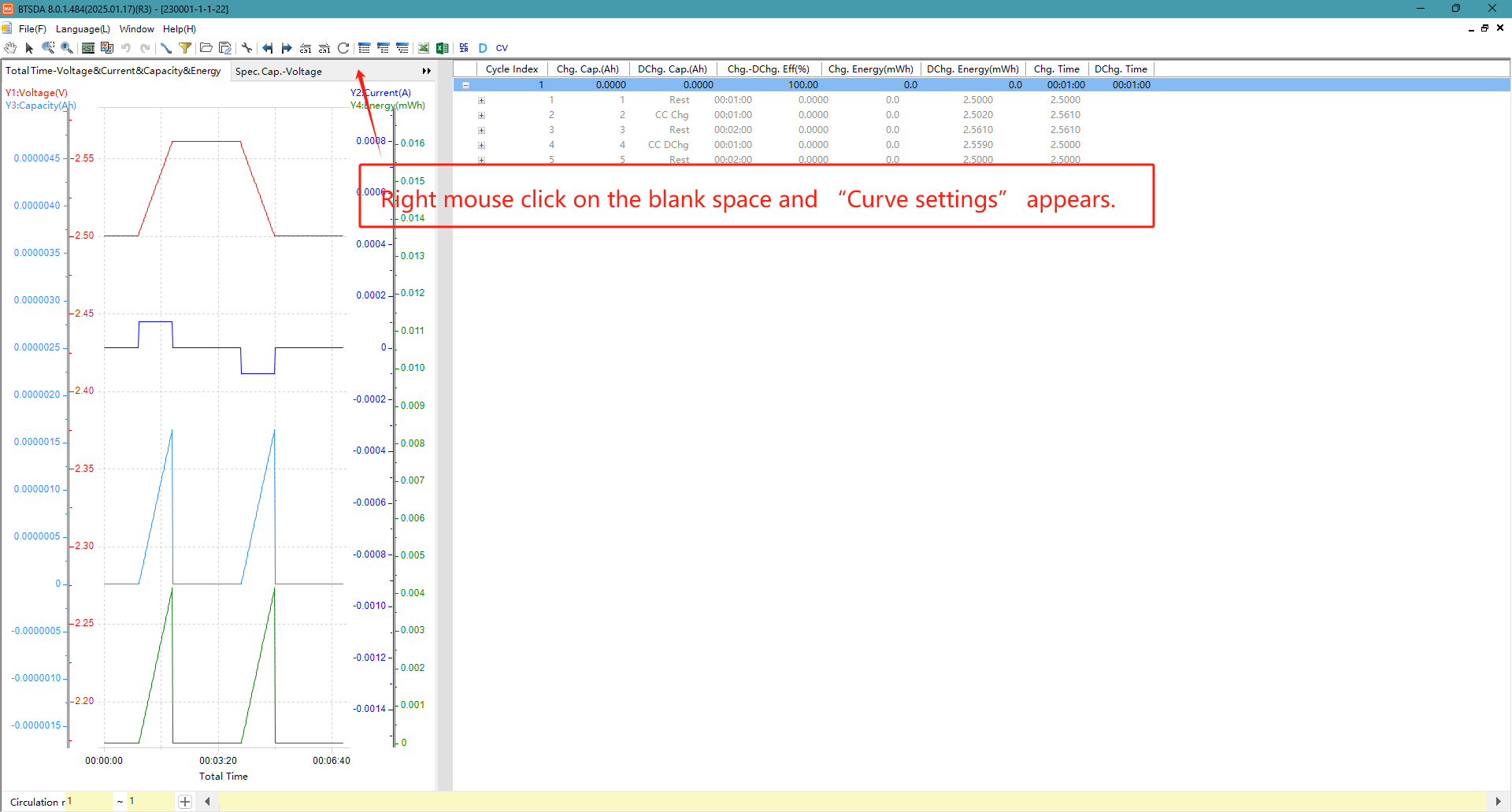Unlocking the Universe of Elements: An Insight into ICP-MS Technology
The basic introduction of inductively coupled plasma mass spectrometry (ICP-MS) Inductively coupled plasma mass spectrometry is an analytical technique that combines ICP technology with mass spectrometry. ICP-MS is an inorganic element and isotope analysis and testing technology developed in the 1980s. It combines the high-temperature ionization characteristics of inductively coupled plasma with the advantages of sensitive and rapid scanning of mass spectrometer with unique interface technology to form a high-sensitivity analysis technology. Since the advent of the first commercial instrument in 1984, this technology has been rapidly developed from the initial application in geological science research to widely used in materials, chemical industry, biology, medicine, metallurgy, petroleum, environment and other

